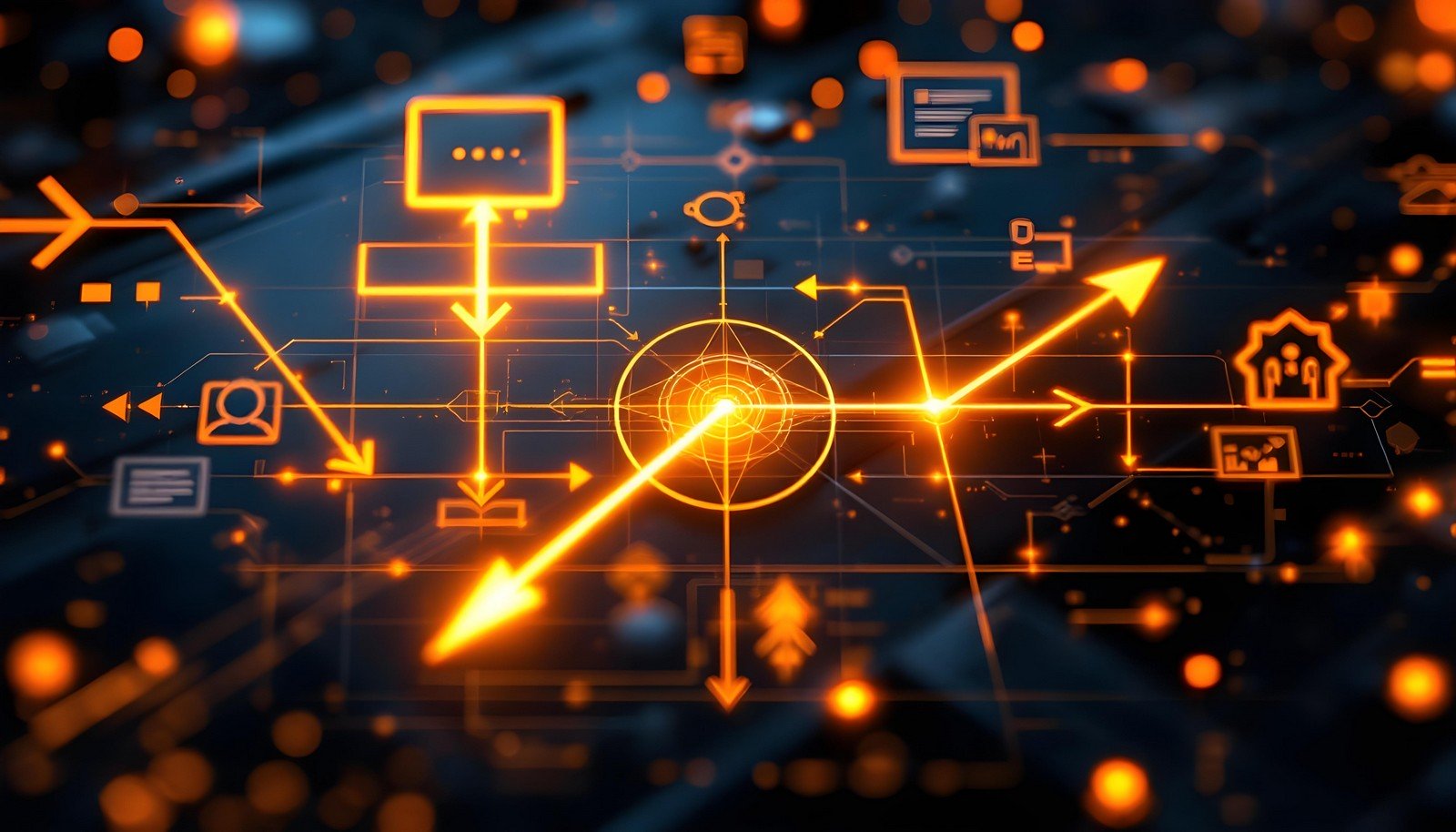Self-Attention Mechanism

Quick Navigation:
- Self-Attention Mechanism
- Self-Attention Mechanism Explained Easy
- Self-Attention Mechanism Origin
- Self-Attention Mechanism Etymology
- Self-Attention Mechanism Usage Trends
- Self-Attention Mechanism Usage
- Self-Attention Mechanism Examples in Context
- Self-Attention Mechanism FAQ
- Self-Attention Mechanism Related Words
Self-Attention Mechanism
The self-attention mechanism is an advanced computational technique in the field of machine learning, primarily used in natural language processing (NLP) and deep learning models. It allows a neural network to weigh the importance of different words in a sentence relative to each other when generating outputs. This mechanism identifies which parts of the input data should be emphasized more when forming an output, helping models understand context and relationships between elements more effectively. Unlike traditional sequence models, self-attention considers all words simultaneously, enabling parallel processing and improving computational efficiency.
Self-Attention Mechanism Explained Easy
Imagine reading a sentence like "The cat chased the mouse, and it ran fast." To understand that "it" refers to the mouse, your brain pays more attention to the word "mouse" while reading. A self-attention mechanism works similarly; it highlights the important parts of a sentence when processing it, helping computers understand which words or parts of a sentence matter most at each step.
Self-Attention Mechanism Origin
The self-attention mechanism was popularized by the 2017 paper titled "Attention Is All You Need" by Vaswani et al., which introduced the Transformer model. This innovation revolutionized NLP by providing a highly parallelizable way to process sequences, leading to significant improvements over older models like recurrent neural networks (RNNs).
Self-Attention Mechanism Etymology
The term “self-attention” comes from the method’s function of allowing a network to pay “attention” to parts of its own input sequence without external focus, enhancing understanding of complex relationships within data.
Self-Attention Mechanism Usage Trends
Since its introduction, the self-attention mechanism has become a cornerstone in modern NLP and machine learning, being integrated into architectures such as BERT, GPT, and other Transformer-based models. The method's prominence has surged as its application extends beyond NLP, finding uses in image processing and other complex data-handling tasks.
Self-Attention Mechanism Usage
- Formal/Technical Tagging:
Machine Learning, NLP, Transformer Models, Deep Learning, Attention Mechanisms. - Typical Collocations:
self-attention layer, self-attention weights, Transformer self-attention, attention scores.
Self-Attention Mechanism Examples in Context
- The Transformer architecture leverages the self-attention mechanism to efficiently model dependencies between words in a sentence.
- BERT’s performance in language understanding tasks is heavily attributed to its robust self-attention layers.
- Unlike RNNs, which process sequences step-by-step, the self-attention mechanism enables parallel computation for faster processing.
Self-Attention Mechanism FAQ
- What is the purpose of the self-attention mechanism?
To enable a model to determine which parts of an input are most relevant to focus on when processing data. - How does self-attention improve machine learning models?
It enhances the model's understanding of context and relationships within sequences, enabling more accurate outputs. - Is self-attention used only in NLP?
No, while it is most known for NLP, it is also applied in other areas such as image processing and time series analysis. - What makes self-attention different from regular attention mechanisms?
Self-attention evaluates relationships within a single input sequence, while regular attention mechanisms may focus on relationships between separate input and output sequences. - Why is self-attention considered efficient?
It allows parallel processing of data, reducing training time and computational cost compared to sequential models. - What role does self-attention play in Transformers?
It is the core component that helps the model process inputs in parallel and capture long-range dependencies. - What are attention weights?
Numerical values assigned during the self-attention process that indicate the significance of each element in relation to others. - How are attention scores calculated?
By taking the dot product of queries and keys, followed by scaling and applying a softmax function. - What is a common use case of self-attention in modern applications?
Text summarization, language translation, and chatbots. - Are there limitations to the self-attention mechanism?
Yes, it can be computationally expensive for very long sequences and may require optimization for large-scale data.
Self-Attention Mechanism Related Words
- Categories/Topics:
Deep Learning, Neural Networks, Natural Language Processing, Data Processing. - Word Families:
attention, mechanism, Transformer, sequence processing.
Did you know?
The self-attention mechanism was a key factor behind the success of OpenAI's GPT series and Google’s BERT model, which set new standards in NLP benchmarks and tasks by drastically improving language comprehension capabilities.
PicDictionary.com is an online dictionary in pictures. If you have questions or suggestions, please reach out to us on WhatsApp or Twitter.Authors | Arjun Vishnu | @ArjunAndVishnu

I am Vishnu. I like AI, Linux, Single Board Computers, and Cloud Computing. I create the web & video content, and I also write for popular websites.
My younger brother, Arjun handles image & video editing. Together, we run a YouTube Channel that's focused on reviewing gadgets and explaining technology.



Comments powered by CComment